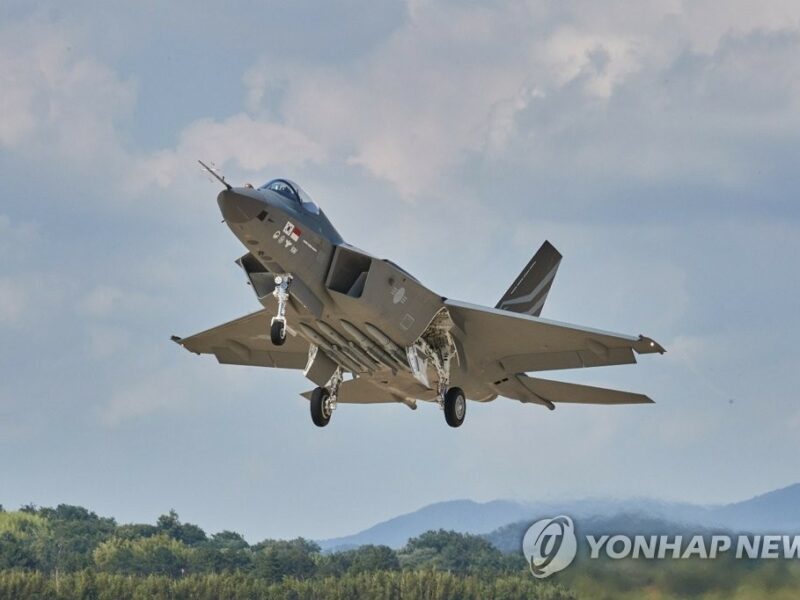While Franco-German cooperation around the 6th generation FCAS combat aircraft programs and the new generation MGCS combat tank program seemed destined to join the very long list of aborted defense industrial cooperation, the Minister for the Armed Forces, Sebastien Lecornu and German Defense Minister Christine Lambrecht announced at a joint press conference last week that these programs will come to an end, suggesting that the executive on both sides of the Rhine now intended to regain control over the conduct of these programs. This reaffirmed and determined political will, but also the geopolitical and budgetary context of the two countries, trace all the constraints that apply to the pursuit of these two programs, and open up new highly relevant perspectives if they are seizures. The most important of these is none other than the redefinition of the schedules which today frame the development of this major equipment. Indeed, there are 4 arguments in favor of accelerating developments, and shortening of the schedule of the two programs : the operational needs of the armies, the evolution of the international market, the new means available to the armies of the two countries as well as the reduction of the industrial risks and constraints surrounding them.
1- Facing the new arms race
According to Eric Trappier, CEO of Dassault Aviation, the FCAS program will not be able to produce, in its current format, a new operational aircraft before the end of the 2040s, while initially, there was talk of the first combat aircraft being delivered at the end of the next decade. Until then, it will therefore be Rafale French and Typhoon Germans to hold the line, including in the face of the arrival of new aircraft like the Russian Su-57 as well as the Chinese J-20 and J-35, all designed to belong to the 5th generation of combat aircraft, if at all that this classification is relevant. In addition, Beijing is developing other models such as the JH-XX intended to replace the JH-7 fighter bombers, and has already undertaken to design a 6th generation fighter that should enter service around 2035, jointly with the American NGAD and the British Tempest. At the same time, Moscow and Beijing will use their new Pak-DA and HH-20 stealth strategic bombers, with performances that we imagine are close to those of the new American B-21 Raider. Also in the field of anti-aircraft defenses, many advances are expected in the next 20 years, whether with the arrival of new ground-to-air systems, sometimes hypersonic, such as the S-500 and the replacement of the HQ-9 in development, or by the multiplication of directed energy weapons and combat drones. Despite their capacity to be modernized, neither Rafale nor the Typhoon will not be able to effectively cope with these new systems, or at least to have the technological ascendancy required by Western doctrine.

The problem is strictly identical regarding heavy armored vehicles, and even seems much more pressing, if we judge by the attraction generated by the K2 Black Panther South Korean in recent months, as well as the new K51 Panther presented by Rheinmetall during the Eurosatory 2022 exhibition. Indeed, beyond the relative obsolescence of the Leopard 2 Germans and French Leclerc that the MGCS program aims to replace beyond 2035 in the best case scenario, neither Nexter in France nor Krauss Maffei Wegman in Germany has a large series production line to manufacture these armored vehicles, so even though the need for modernization of the tank fleet in Europe and around the world was clearly highlighted by the war in Ukraine. If we can reasonably doubt the fact that the Russian Armies will be able to acquire a large fleet of the new T-14 Armata by 2035, and if no public information to date confirms the existence of a although a probable program aimed at replacing the Chinese Type 099A, the absence of a modern European heavy tank solution still seriously weighs on the geopolitical balances in Europe. Beyond the purely industrial aspects, the war in Ukraine has also shown the absolute necessity of now equipping front-line armored vehicles with new generation protection systems, in particular Hard-Kill systems, as well as new communication and communication capabilities. detection, for which earlier generation tanks, such as the Leopard 2, the Leclerc but also the Abrams or the T-90, are not optimized.
2- Preserve and expand export market share

The rest of this article is for subscribers only
The Classic subscriptions provide access to
all articles without advertising, starting at € 1,99.
Newsletter subscription
Register for the Meta-Defense Newsletter to receive the
latest fashion articles daily or weekly


[…] […]